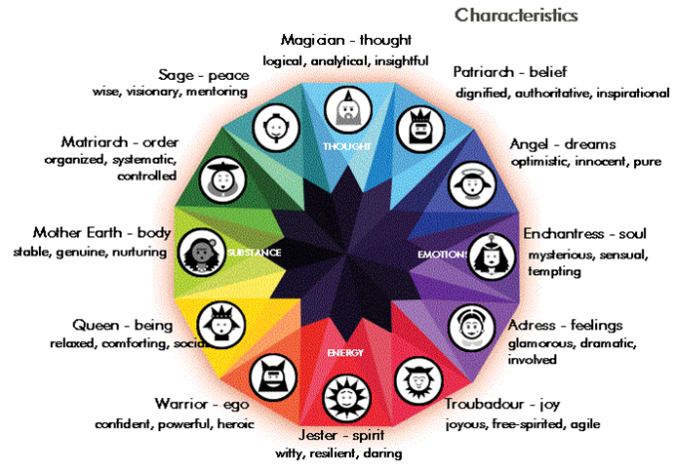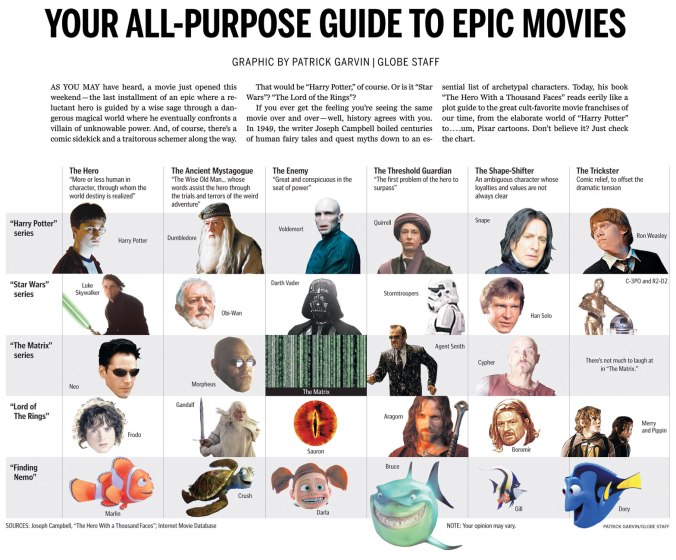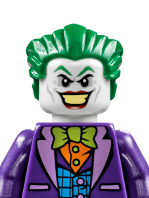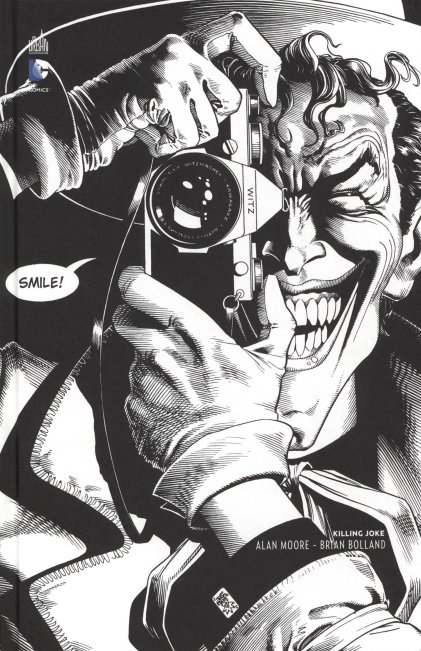All right! So I’ve talked about what a story is and its main components; story plot, structure, setting, theme, subject matter, conflict. What’s missing?

(-GARY OLDMAN!!!!!!!
-Eeer… )
CHARACTERS
I’ll start with my usual question:
What is a character?
“Character can be defined as any person, animal, or figure represented in a literary work. There are many types of characters that exist in literature, each with its own development and function.” http://study.com/academy/lesson/character-in-literature-definition-types-development.html
Character is also:
“the stable and distinctive qualities built into an individual’s life which determine his or her response regardless of circumstances.”
Believe it or not, characters are really important in stories.

Yes, I’m being sarcastic. People can give personalities to objects, or natural forces when telling stories. Our imagination is limitless.
So, stories always have characters one way or another. Why, though?
Remember the post about stories and why we tell them?
“Our lives are stories. Because we live stories, naturally, we tell stories.” And we tell stories about our lives or what we lack in life. Anyhow, stories are in close connection with humans and the way humans think. We all have personality, when telling a story we obviously would like others to understand our story. Therefore we create characters with interesting personalities, who will help us to deliver the message and/or entertain our audience. By telling what these characters do and why – a story comes to life.
Come to think of it, there’d be NO CONFLICT without Characters! http://bethestory.com/2010/06/11/10-basic-character-needs
Characters do need things and if they can’t get what they want because of something, then that’s a conflict. How the character will achieve the goal?
Sure, we need to ask a lot of questions at first hand. What does this character want? Purpose of living? To be or not to be? This article can help you to think about it: http://bethestory.com/2010/06/11/10-basic-character-needs

Well then, here’s a great article by Chuck Wendig, really worth reading through! It basically gives you answers right away, an idea about how you can create a “great character” for your story:
http://terribleminds.com/ramble/2014/01/13/25-things-a-great-character-needs/
Stories normally have a main character. This character usually loved by the audience, well if not loved then cared about. So, most stories have a hero. What other character archetypes are there?
Before we would have a look at that, let’s define what archetype is:
“ In literature, an archetype is a typical character, an action or a situation that seems to represent such universal patterns of human nature.”
“Carl Jung, Swiss psychologist, argued that the root of an archetype is in the “collective unconscious” of mankind. The phrase “collective unconscious” refers to experiences shared by a race or culture. This includes love, religion, death, birth, life, struggle, survival etc.”
http://literarydevices.net/archetype/

There’re 12 common type of Archetypes
- The Innocent
- The Sage
- Explorer
- Outlaw
- Magician
- Hero
- Lover
- Jester
- Everyman
- Caregiver
- Ruler
- Creator
In bit more detail: http://www.soulcraft.co/essays/the_12_common_archetypes.html
About Jungian Archetypes: https://www.verywell.com/what-are-jungs-4-major-archetypes-2795439
The 8 common character archetypes based on the theory of monomyth:
Image from: http://hrsbstaff.ednet.ns.ca/forfad/2012_13/FVP12/02/STAR_WARS.htm

Protagonist – he is the hero! Like Harry Potter or Batman. In most stories we see the story and everybody else from the hero’s point of view
.
Antagonist/Shadow – the bad guy, like Voldemort or The Joker. This character opposes the protagonist.

6 more archetypal characters in stories:
Mentor – who gives knowledge to our protagonist, teaches him/her but it can also be something that teaches him/her or gives the hero something valuable and useful that will help later on. So the mentor is not always a person. But if it is, then a good example is Dumbledore or Obi-Wan.
Herald – According to the Hero’s Journey the hero usually meets with the Herald first. This character calls the hero to the adventure. Again, it can happen that someone acts like the Herald but has another archetype in the story or that this Herald is not a person but for example an event or happening.
Anyway. The Herald usually gives the hero motivation to go on the adventure.
For example in The Matrix, Trinity and Morpheus both functions as the Herald, calling Neo on an adventure.
Shape Shifters – can really be characters who can change their appearance but it is usually more than that. These characters change which side they’re on, with the hero or against the hero, Cypher, Boromir (or a character who pretends to pretend to choose Dumbledore’s side over Voldemort ‘s while telling to Voldemort that he is still a Death eater when he is actually not. Like Snape. )
Threshold Guardian – somebody or something that blocks the hero’s path. The Agents from Matrix
Trickster – this character adds humour to the story, often this character opens up important questions and disobey normal rules. Just like Fred and George Weasley or Han Solo.
Ally – obviously somebody who supports the main character, especially when the hero almost gives up or hopeless, a best friend for example like Hermione Granger, Ron Weasley.
Ok so to sum up here’s a weird video:
They were the character archetypes defined by Christopher Vogler, based on Joseph Campbell’s monomyth theory. Campbell took Carl Jung’s idea of archetypes and applied them on mythical stories.
On this website you can read more about archetypes and character archetypes based on Campbell’s book: http://www.hccfl.edu/media/724354/archetypesforliteraryanalysis.pdf
There are other aspects of archetypal characters as well.
According to Tim Stout these are the eight main character roles, you can check the list here: https://timstout.wordpress.com/graphic-novel-writing/eight-character-roles/
I’d highlight these three:
“Skeptic – the lone objector. The skeptic does not believe in the theme nor in the importance of achieving the protagonist’s goal. Without loyalties, the skeptic is on his/her own path. The skeptic may like the protagonist and want the protagonist to succeed but not at the cost of the skeptic’s goals. However, the skeptic may have a change of heart by the end of the story.
Emotional – this character acts according to their gut and lets motions fuel decisions. Impulsive. Reactive. Sometimes the emotional character is right and succeeds in ways that a thinking person would never have even tried, but sometimes the character finds trouble by not thinking before jumping.
Logical – the rational thinker who plans things out, shoots for logical solutions and gives reasonable, matter-of-fact answers to questions. However, sometimes the head needs to listen to the heart to work at its best.”
A story is more exciting if a character or characters undergoes certain change(s). Here comes in Character Development!
What is character development?
“characters experience change and personal growth” http://study.com/academy/lesson/character-development-in-literature-definition-examples.html
Characters can change and develop in stories. They’re learning from their mistakes and become more mature, to mention a really cliché hero-development: first the hero is whiny and shy, doesn’t believe in him/herself, then (s)he turns out to be actually brave and smart while facing several dangers and so.
It can also happen that a character become evil because of a tragedy like The Joker in The Killing Joke comic book.
 All credits To Alan Moore and Brian Bolland
All credits To Alan Moore and Brian Bolland
Character development doesn’t necessary happens in a story, but I think it makes a story more enjoyable. They say that character development is more important in character driven stories than in plot-driven ones. All right, a little explanation here:
What is the difference between character-driven and action-driven stories?
Character driven stories said to be decision driven, that’ll be the main turning point while in an action driven story, and action will turn things upside down. It is said that character driven stories focuses on internal conflicts and in action driven stories the emphasis on external conflict and action.
A story doesn’t have to be this one or that one, it can combine both of them.
In more detail here:http://www.how-to-write-a-book-now.com/character-driven-vs-plot-driven.html
And here:
http://jordanmccollum.com/2012/02/plot-driven-character-driven-means-means/
That’s it for now about characters in stories. Hope you found some useful information to create your own characters! 🙂